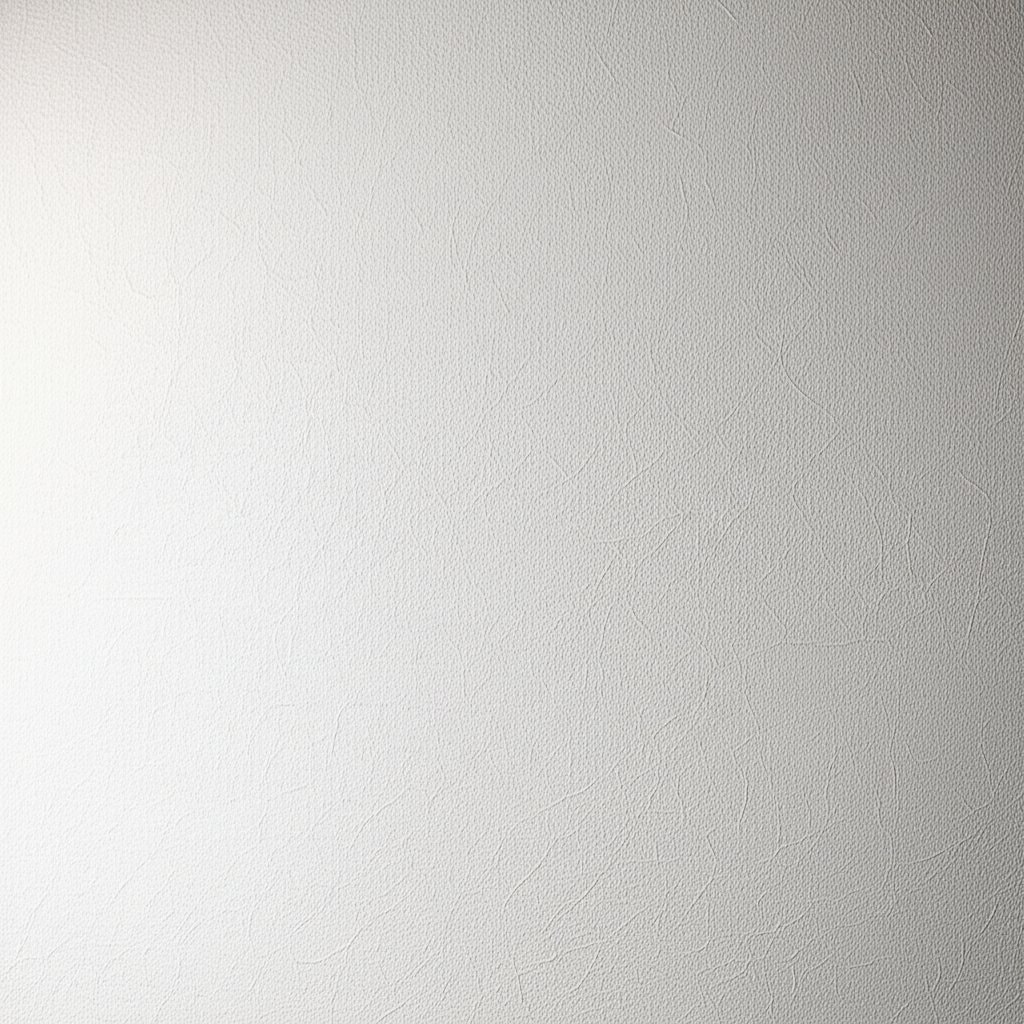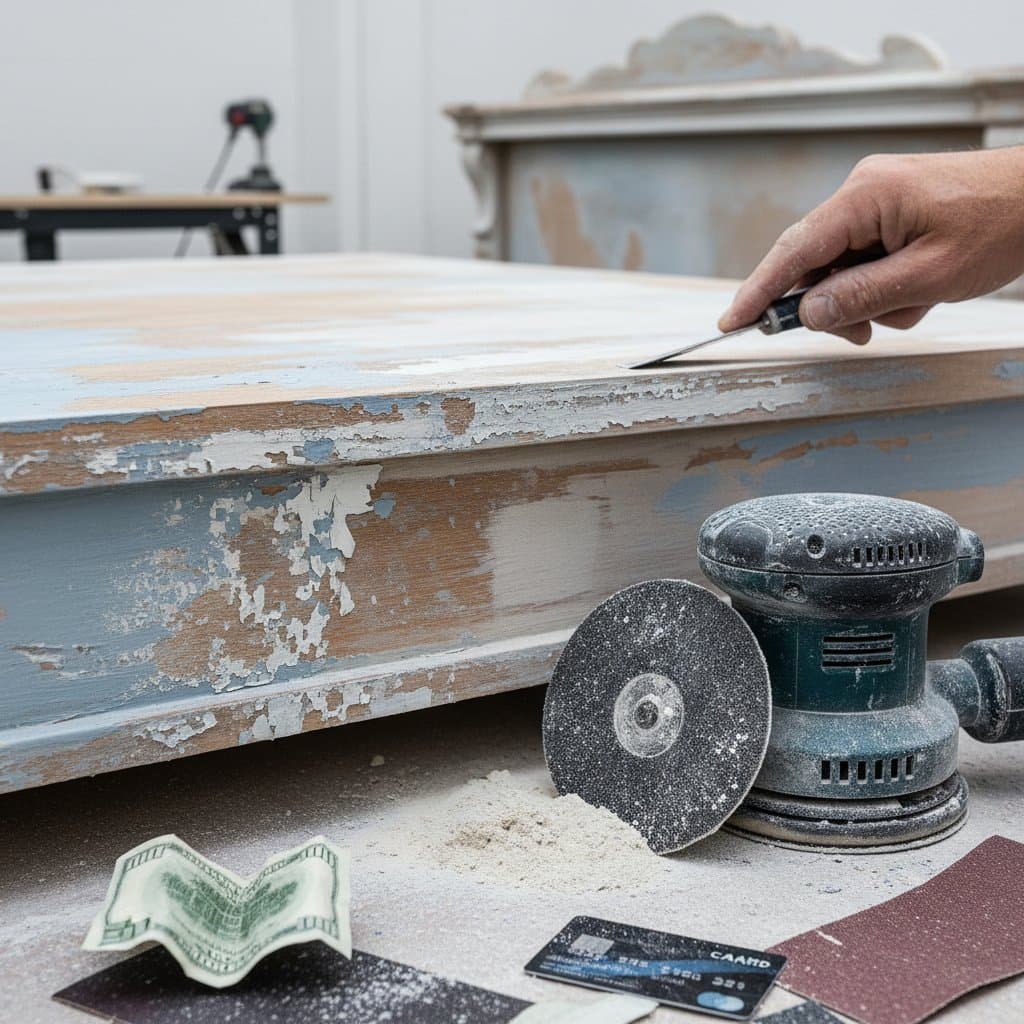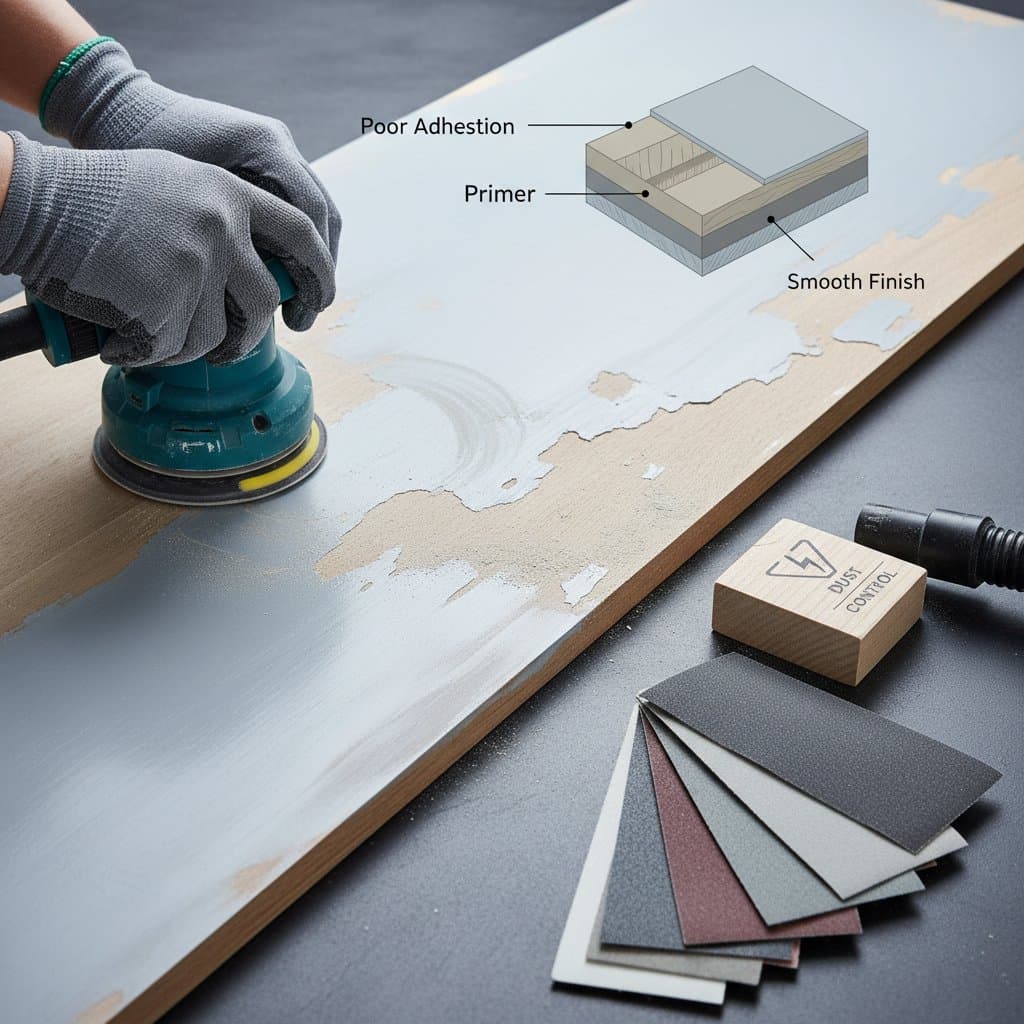Why Textured Walls Surpass Flat Paint in 2025
Flat paint has long served as a reliable option for wall finishes, yet interior design trends evolve toward more dynamic solutions. Textured walls emerge as the dominant choice in 2025, offering depth that enhances visual appeal and functionality. These finishes conceal surface imperfections while adding a tactile element that flat paint lacks. Homeowners seeking contemporary and individualized spaces find textured walls essential for achieving that goal.
The Dimensional Appeal of Texture
Texture elevates a simple wall into a multifaceted surface that interacts with light throughout the day. Subtle applications, such as knockdown or brushed patterns, introduce layers that make rooms appear more spacious and engaging. In photography or video, textured surfaces capture shadows and highlights effectively, creating a sense of movement and richness. Professional set designers favor these finishes for their ability to convey depth without additional props, a quality that translates seamlessly to residential interiors.
Consider how morning sunlight filters through windows: a textured wall reflects it variably, producing subtle gradients that invite closer inspection. Flat paint, by contrast, absorbs light uniformly, resulting in a static appearance. This interplay of light and shadow fosters an inviting atmosphere, particularly in living areas or home offices where prolonged time is spent.
Practical Advantages of Textured Finishes
Beyond aesthetics, textured walls address everyday challenges in home maintenance. They provide superior durability against minor damages. Scratches and scuffs integrate into the surface irregularities, reducing visibility compared to the smooth expanse of flat paint.
Concealment represents another key benefit. Uneven drywall seams or repairs from previous occupants blend seamlessly under texture, eliminating the need for extensive preparation work. Maintenance proves straightforward as well: most textured surfaces accept new coats of paint directly, bypassing the labor-intensive sanding required for flat finishes.
Homeowners report fewer touch-ups over time, which translates to cost savings. In high-traffic areas like hallways or children's rooms, this resilience ensures walls retain their appearance longer. Selecting a texture with a matte base further enhances these properties, combining style with longevity.
Accessible Techniques Across Budget Levels
Achieving textured walls requires no extravagant expenditure; options span from simple DIY methods to professional installations. Begin with low-cost approaches for subtle enhancements. A specialized roller sleeve applied over standard latex paint creates a stippled effect in under an hour. This technique suits renters, as it reverses easily with a single coat of flat paint.
For moderate investments, joint compound offers versatile results. Spread it thinly with a trowel to form knockdown patterns, or use a stiff brush for swirling motifs. Practice on a small section first to refine technique; within a weekend, walls gain a professional-grade finish. Tools cost under fifty dollars, and the material covers large areas economically.
Premium choices cater to those desiring opulent effects. Specialty plasters, such as Venetian or lime-based varieties, demand skilled application but yield luminous, polished surfaces. Custom wall panels in materials like grasscloth or metallic-infused composites provide texture alongside acoustic benefits. These elevate entryways or accent walls, justifying their higher price through enduring elegance.
Regardless of approach, texture imparts vitality to any space. Consult local suppliers for paint-compatible compounds to ensure compatibility and ease of application.
Performance in Varied Lighting Conditions
Texture excels in both artificial and natural lighting scenarios, outperforming flat paint consistently. Under overhead fixtures, it diffuses glare while accentuating contours for a balanced glow. In media production, this quality prevents the washed-out look common with smooth surfaces, ensuring visuals remain compelling.
At home, the effect proves equally transformative. Evening lamplight casts gentle shadows that highlight texture, adding warmth to cozy nooks. Daytime illumination reveals intricate details, making rooms feel curated and intentional. Flat paint often appears lifeless in these contexts, underscoring texture's versatility for modern lifestyles.
Business and Investment Value of Texture
From a contractor's viewpoint, textured finishes streamline projects by masking minor defects efficiently. This reduces preparation time, allowing teams to complete jobs faster without compromising quality. Homeowners benefit from immediate upgrades that boost property appeal, potentially increasing resale value by ten to fifteen percent according to design industry observations.
Investing in texture aligns with sustainable practices. Durable surfaces extend the interval between repaints, conserving resources and minimizing waste. Businesses specializing in interior refreshes note higher client satisfaction, as texture delivers a premium feel at a fraction of remodeling costs.
Integrating Texture into Daily Living
Textured walls enhance habitability through subtle, practical features. Dust accumulates less noticeably on irregular surfaces, simplifying cleaning routines. Colors appear more vibrant due to light diffusion, allowing bolder palettes without overwhelming the eye.
Adaptability ensures longevity: refresh with a skim coat for smoother transitions if preferences shift. In multi-use homes, texture in communal areas withstands daily wear while maintaining sophistication. This built-in flexibility makes textured walls a forward-thinking choice.
Embracing Texture for Enduring Home Enhancement
Textured walls represent more than a fleeting style; they integrate beauty with utility for lasting impact. Select a finish that complements your space's architecture and usage patterns. The result: interiors that evolve with you, delivering comfort and character year after year.



